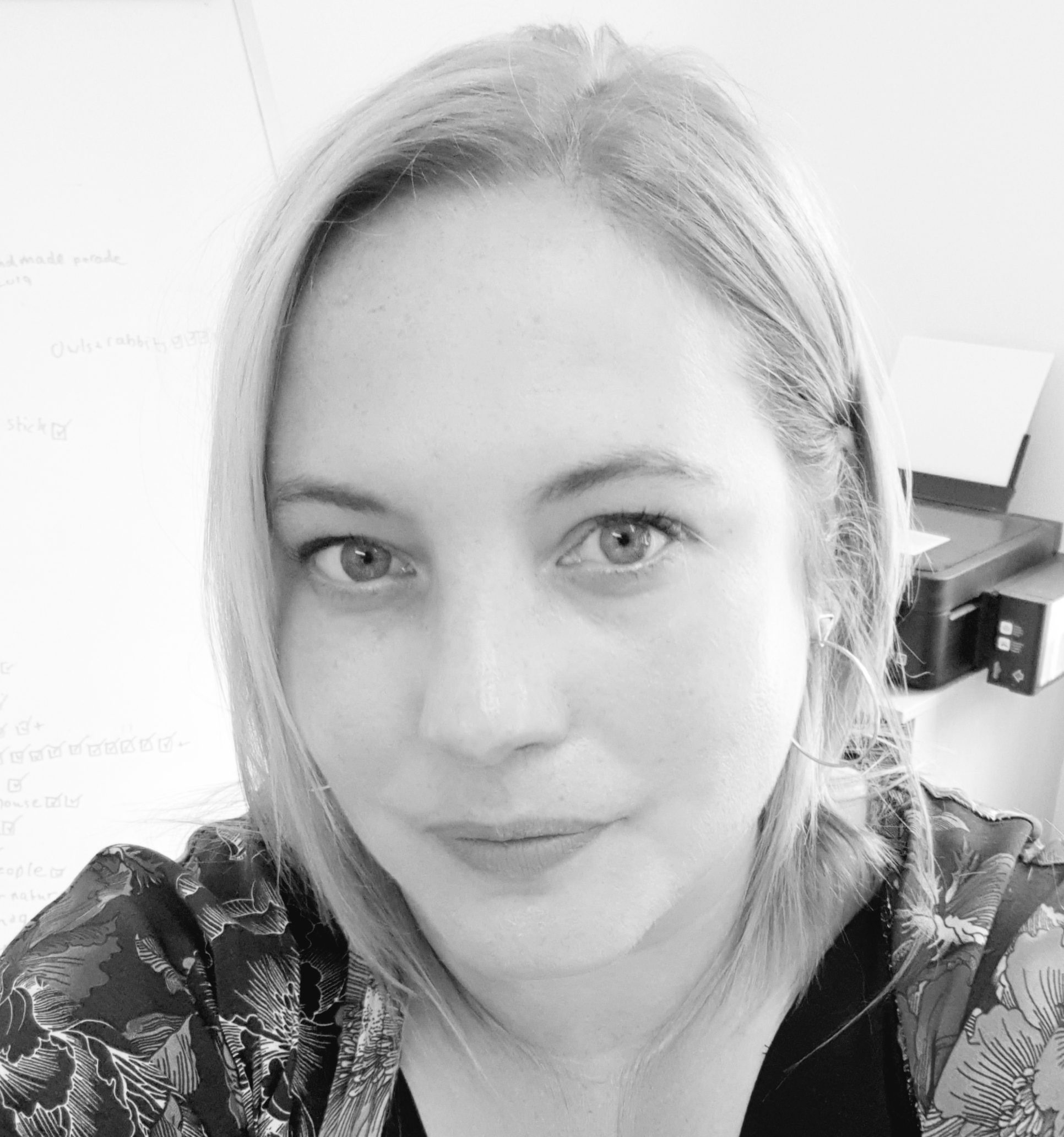A very human condition: ethnography and the lived experience of haemophilia
Quantitative versus qualitative. Cold, hard facts, and structured statistical data, versus impressions, opinions, motivations, feelings, beliefs and attitudes. While measuring in numbers has long been the mainstay of research in health care – rightly and necessarily so – recent decades have seen an increase in using a ‘softer’, more experiential approach to understand what it’s really like to live with a chronic condition. As a result, we’re beginning to appreciate the lived experience of the patient in a more human and perhaps humane way.
In 2020, The Journal of Haemophilia Practice published a series of papers based on the outcomes of Living Well with Haemophilia, an ethnographic study exploring the everyday life of people with haemophilia in five Western European countries. What does ethnography have to do with haemophilia? Well, while the idea of ethnography being about anthropologists seeking to understand tribal cultures isn’t entirely wrong, it isn’t the whole story either. But the whole story, in a sense, is what it seeks to find.
Ethnography is about looking at groups of people, however those groups are defined. It’s a flexible research method that can be tailored to understand social phenomena in their natural setting, based on observation and interview, with the aim of gaining in-depth perspectives. In health care, it may focus on a group of people who share a diagnosis and cast light on how their condition impacts them in the context of their daily life. In this particular case, it’s learning aboutpeople with haemophilia by learning from them.
The study’s overall findings point to a situation whereby, despite treatment advances, many people with haemophilia still experience regular bleeds, pain and restrictions in their daily lives. And despite moving towards a patient-centric model of care, treatment protocols remain broadly conservative, and people with haemophilia and their carers often struggle to translate the advice they’re given around treatment to their daily activities. This is normality for many people with haemophilia, and the haemophilia community’s collective memory of a difficult past – lack of treatment, the contaminated blood scandal – helps to underpin acceptance of the status quo. “Happily, options exist today where few did in the past,” says David Page of the Canadian Hemophilia Society, whose commentary accompanies these papers – but he points to challenges found in the study around normalcy, treatment outcomes, health literacy and life-stage specific issues as being “as acutely experienced in people with haemophilia today as they were in the 1950s.”
One of the study’s key findings highlights the individual balancing acts that people with haemophilia perform daily due to feelings of uncertainty around the level of protection their treatment gives them, regardless of adherence. In the absence of information from health care providers that they can easily relate to, they develop their own coping strategies in the form of highly individualised notions of protection. These self-determined mental models are used to navigate day-to-day life but can lead to poor treatment outcomes as a result of either overly cautious or, at the other end of the scale, risky behaviours. There is frequently a trade-off between physical activity and health somewhere along the line. To overcome this, it’s important to understand how these mental models came to be in the first place – to understand the experience of uncertainty, and to turn this around through clear, relatable guidance that empowers the patient.
There is a risk, the researchers warn, that accepting the current state of life with haemophilia as ‘normal’ could potentially stall further progress on improving care. Their recommendations? That we look beyond treating for stability and protection. That we recognise individual needs, individual goals, and the realities of daily life in decisions around treatment. And that we start treating for possibility.
References
Thomas Huges, Mikkel Brok-Kristensen, Yosha Gargeya, Anne Mette Worsøe Lottrup, Ask Bo Larsen, Ana Torres-Ortuño, John Stevens
- “What more can we ask for?”: an ethnographic study of challenges and possibilities for people living with haemophilia – https://doi.org/10.17225/jhp00151
- “He’s a normal kid now”: an ethnographic study of challenges and possibilities in a new era of haemophilia care – https://doi.org/10.17225/jhp00167
- Navigating uncertainty: an examination of how people with haemophilia understand and cope with uncertainty in protection in an ethnographic study – https://doi.org/10.17225/jhp00168
- Treating for stability: an ethnographic study of aspirations and limitations in haemophilia treatment in Europe – https://doi.org/10.17225/jhp00169
